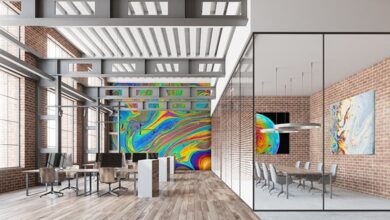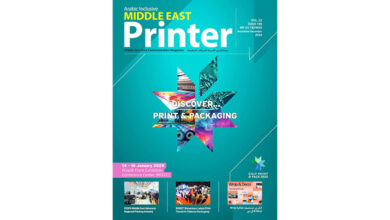It was only a matter of time before some of the larger software and tech companies entered the 3D printing space. That time seems to be now. During 3D Print Week in NYC, in a presentation given by J Scott Schiller, Worldwide Business Director, Hewlett-Packard 3D Printing, Schiller briefly touched on a new consortium that would soon be announced, which would see many large players, including HP, working together to better streamline the 3D printing process, whether it be for a $500 desktop machine or a $500,000 industrial scale printer. Today, additional information on this consortium has emerged from Microsoft, and it may have quite an impact on the entire industry.
Way back in mid 2013, Microsoft added support for 3D printing natively into Windows 8.1. In doing so, they sought to make 3D printing as effortless as it is to print a simple word document on a 2D printer. What they found though, was that the current file formats are simply outdated.
“To empower people, maximize productivity, and unlock the full capabilities of this technology, a new file format is needed,” stated Gavin Gear, Senior Program Manager at Microsoft. “It should align CAD software, 3D printing hardware and software on a more information-rich file format, specifically designed to support the needs of modern 3D printing. The file format must support information interchange throughout the entire 3D printing process, from CAD application to printer. The file format must contain a complete definition of the printed model, in a way that allows unambiguous and accurate processing of the model. Finally, the file format must be practical, simple to understand and easy to implement.”
Every month it seems that new capabilities emerge from the 3D printing space. Whether it’s coloring filament via a new process, or mixing multiple materials and material properties within a m3single print, there is little doubt that the currently popular .STL file format is incredibly outdated. In fact .STL stands for ‘Stereolithography’ which is a technology used by only a fraction of the machines out there. The file format was first unveiled way back in 1989. That’s even before some of the CEO’s of various 3D printing startups were born.
An .STL file is basically a triangular representation of a 3D model as well as a complete list of all the xyz coordinates of both the normals and vertices of those triangles. If too many triangles are defined, which advanced CAD software today can easily do, then the file is too large and can be termed ‘bad’. The capabilities of today’s 3D printers and CAD software are outstripping the capabilities of the .STL file format, thus a new format which is forward thinking and can evolve its compatibility to future generations of much more sophisticated 3D printers is needed.
The goal of Microsoft and this new consortium will apparently be to create a file format which is easy to use, requires little to no fidgeting around with other programs, and most importantly can include a trove of data such as color, surface texture, etc, which .STL files currently cannot handle properly.
It’s not easy to step in and present an entirely new file format into a 3D modeling and printing space which has become so accustomed to a 26-year-old format like .STL. However, with the reach that Microsoft, HP, and whichever other companies make up this new consortium have, it will indeed be possible.





